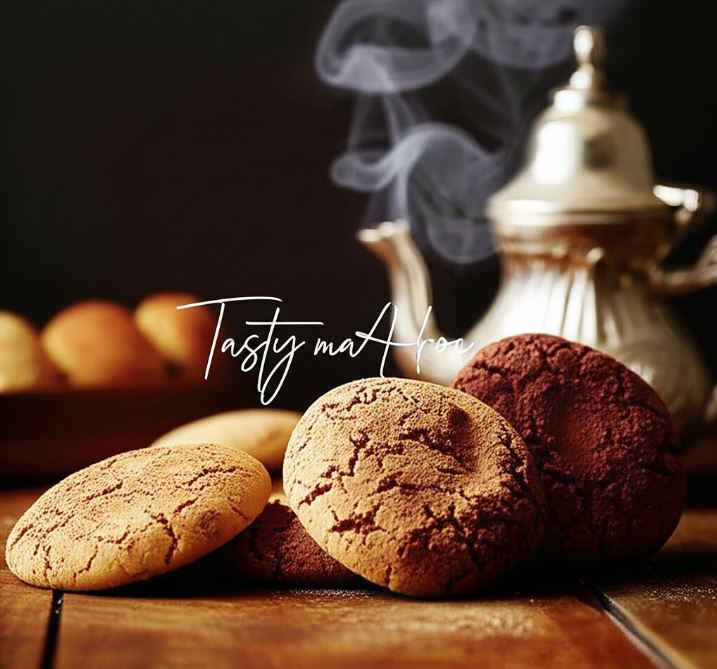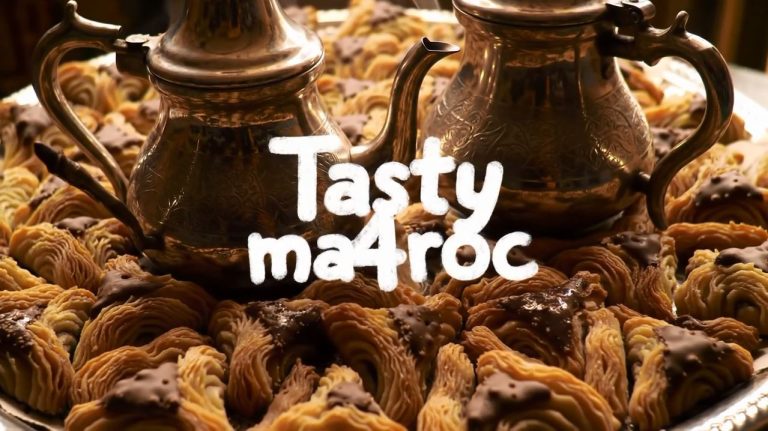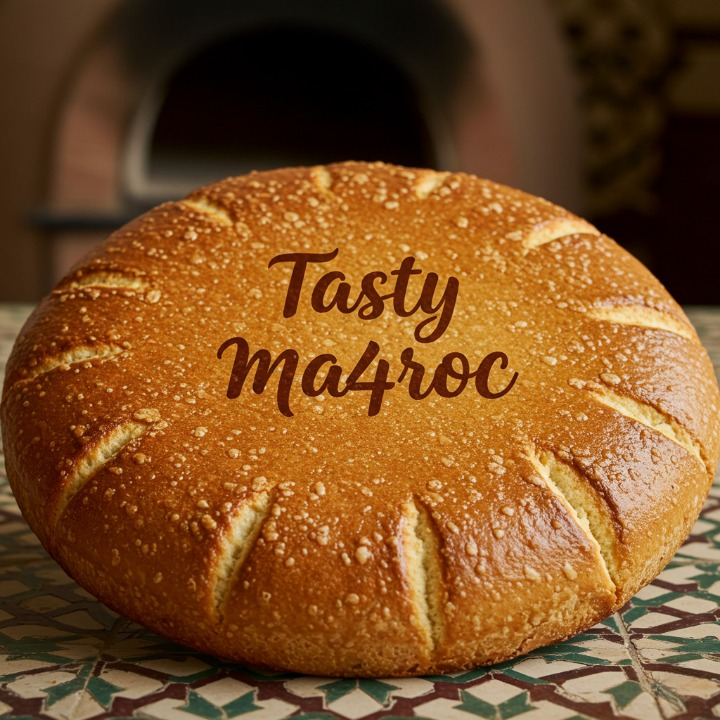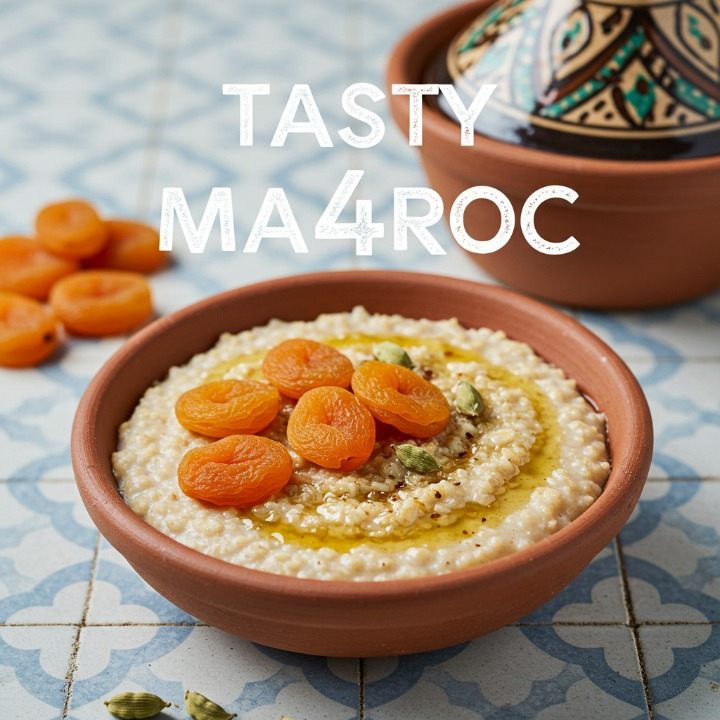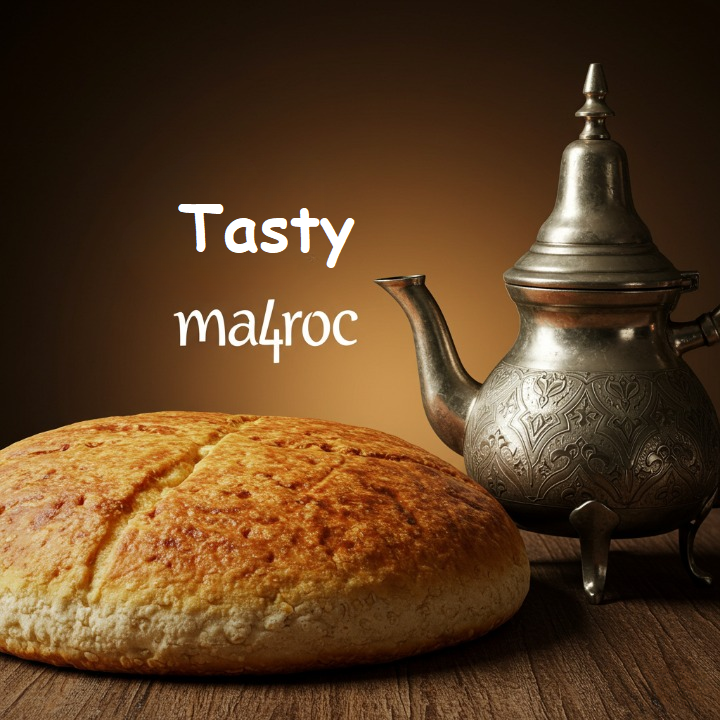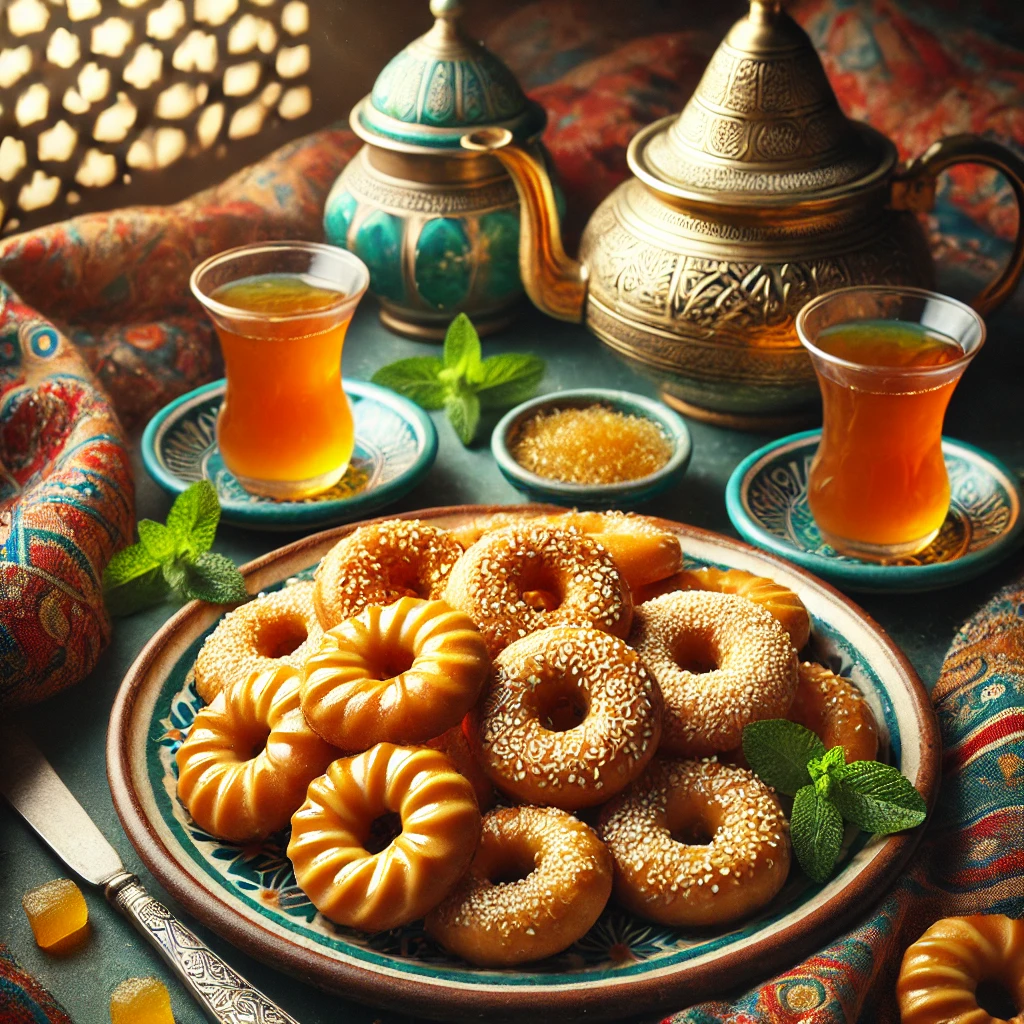
Moroccan cuisine is known for its deep connection to culture, history, and community. Among the many traditional Moroccan treats, Kaak (also spelled ka3k) stands out as a sweet and subtly spiced pastry that evokes memories of family gatherings, childhood tea times, and festive occasions. When glazed with honey and butter, this pastry becomes a rich and nostalgic delight—a true taste of Moroccan heritage.
In this article, you’ll learn how to prepare Moroccan Kaak with Honey and Butter, step by step, with helpful tips, background, and serving suggestions.
What is Moroccan Kaak?
Kaak is a type of traditional Moroccan biscuit or pastry, often shaped into rings or small rounds, and characterized by its slightly crunchy texture and fragrant flavor. While there are savory versions of Kaak, the sweet version glazed with honey and butter is especially popular during holidays and tea time.
What sets this version apart is the final honey-butter glaze, which infuses the dry biscuit with warmth, moisture, and sweetness, making it both indulgent and comforting.
Ingredients
For the Dough:
- 500g (4 cups) all-purpose flour
- 125g (½ cup) unsalted butter (melted)
- 1 egg
- 100g (½ cup) sugar
- 1 tsp baking powder
- 1 tsp vanilla extract or vanilla sugar
- 1 tsp ground anise (optional)
- 1 tsp sesame seeds (optional)
- A pinch of salt
- ½ cup warm milk (adjust as needed)
For the Honey Butter Glaze:
- 1 cup honey
- 3 tbsp unsalted butter
- A few drops of orange blossom water (optional)
How to Make Moroccan Kaak with Honey and Butter
Step 1: Prepare the Dough
- In a large mixing bowl, combine the flour, baking powder, sugar, anise, sesame seeds, and salt.
- Add the melted butter, egg, and vanilla. Mix until crumbly.
- Gradually add warm milk and knead until you form a smooth, pliable dough. It should not be sticky.
- Cover and let rest for 15–20 minutes.
Step 2: Shape the Kaak
- Preheat your oven to 180°C (350°F).
- Roll the dough into small ropes and shape them into rings or simple ovals.
- Place them on a baking tray lined with parchment paper.
- Optionally, brush with egg yolk or milk for a shiny finish.
Step 3: Bake the Kaak
- Bake in the preheated oven for about 20–25 minutes or until lightly golden.
- Remove from oven and allow to cool slightly.
Step 4: Prepare the Glaze
- In a small saucepan, melt the butter with the honey over low heat.
- Add orange blossom water if using, and stir gently until combined.
Step 5: Coat the Kaak
- Dip each warm Kaak into the honey-butter glaze for a few seconds.
- Place on a rack to drain any excess glaze and allow them to cool completely.
Tips for Perfect Moroccan Kaak
- Don’t over-knead: A gentle mix ensures a tender result.
- Use good-quality honey and butter: These are the star ingredients of the glaze.
- Shape uniformly: This helps even baking and a consistent presentation.
- Add nuts: Finely chopped almonds or walnuts can be added to the dough for extra richness.
When is Kaak Served?
Kaak is a versatile pastry that can be enjoyed:
- With Moroccan mint tea during the afternoon
- As part of Eid celebrations or religious holidays
- At weddings, baby showers, or family gatherings
- As a gift when visiting friends and neighbors
This humble yet beloved biscuit has a way of bringing people together, creating moments of sweetness in everyday life.
A Cultural Note on Moroccan Hospitality
In Moroccan tradition, hospitality is sacred, and the offering of sweets like Kaak with tea is a gesture of welcome and warmth. Every region in Morocco may have its unique twist on this pastry, but the message is always the same: “You are home.”
Final Thoughts
If you’re looking to bring a piece of Morocco into your home, Moroccan Kaak with Honey and Butter is a simple yet deeply cultural choice. With its lightly spiced dough, golden glaze, and tender texture, it’s more than just a cookie—it’s a symbol of comfort, tradition, and sweet memories.
Give it a try, and let your kitchen be filled with the aroma of Moroccan heritage. Don’t forget to serve it with a glass of mint tea for the full experience!


